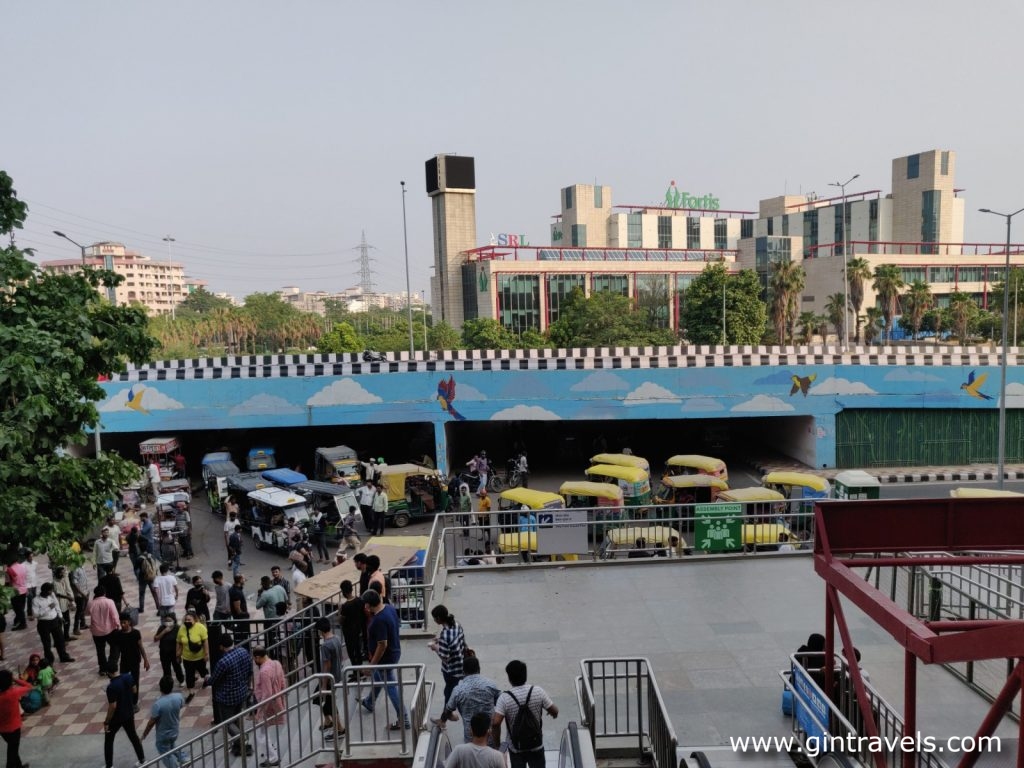Today’s plan was to visit famous Spice market in Old Delhi, Lotus Temple and Qutub Minar in the South of New Delhi.
Old Delhi, formerly known as Shahjahanabad, is one of the oldest inhabited cities in India. It was founded in 1639 by Mughal Emperor Shah Jahan, who made it the capital of the Mughal Empire. The city served as the political and cultural hub of North India for nearly 200 years.
The city was once home to famous landmarks such as the Red Fort, Jama Masjid, and Chandni Chowk. Old Delhi was also the center of the Indian Rebellion of 1857 which eventually led to the end of British rule in India.
After independence, Old Delhi was incorporated into New Delhi and lost its status as a major political and economic hub. However, it still retains its old-world charm and has become known for its vibrant street life and rich history. Its monuments, forts, and narrow alleyways attract tourists from all over the world.
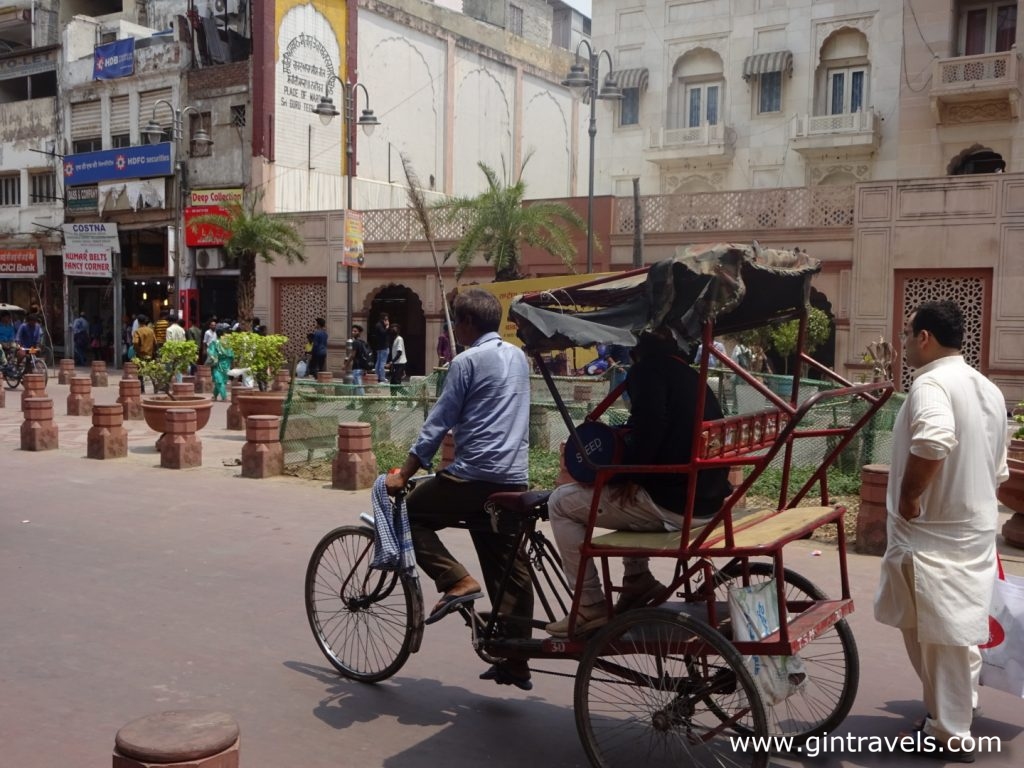

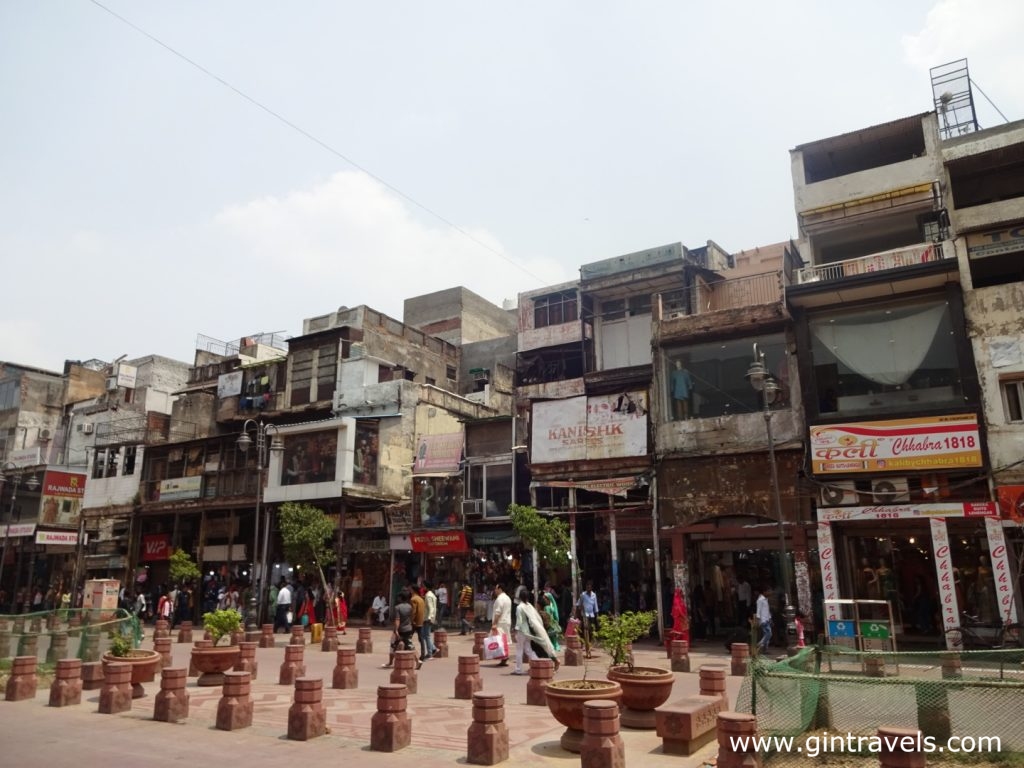

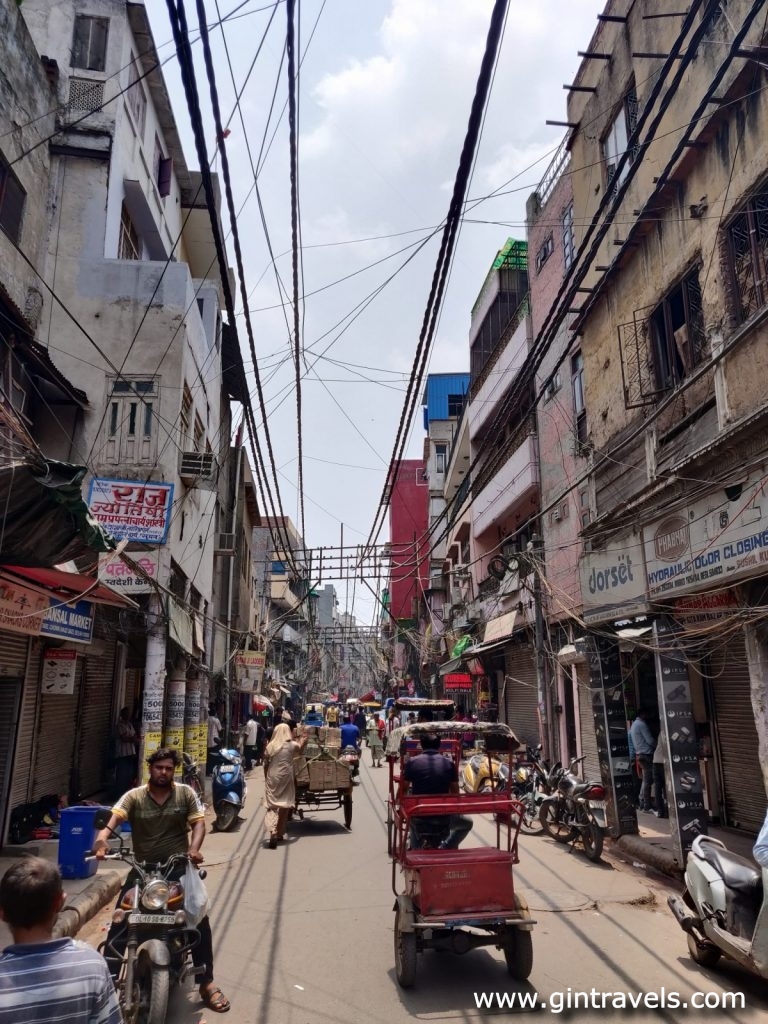
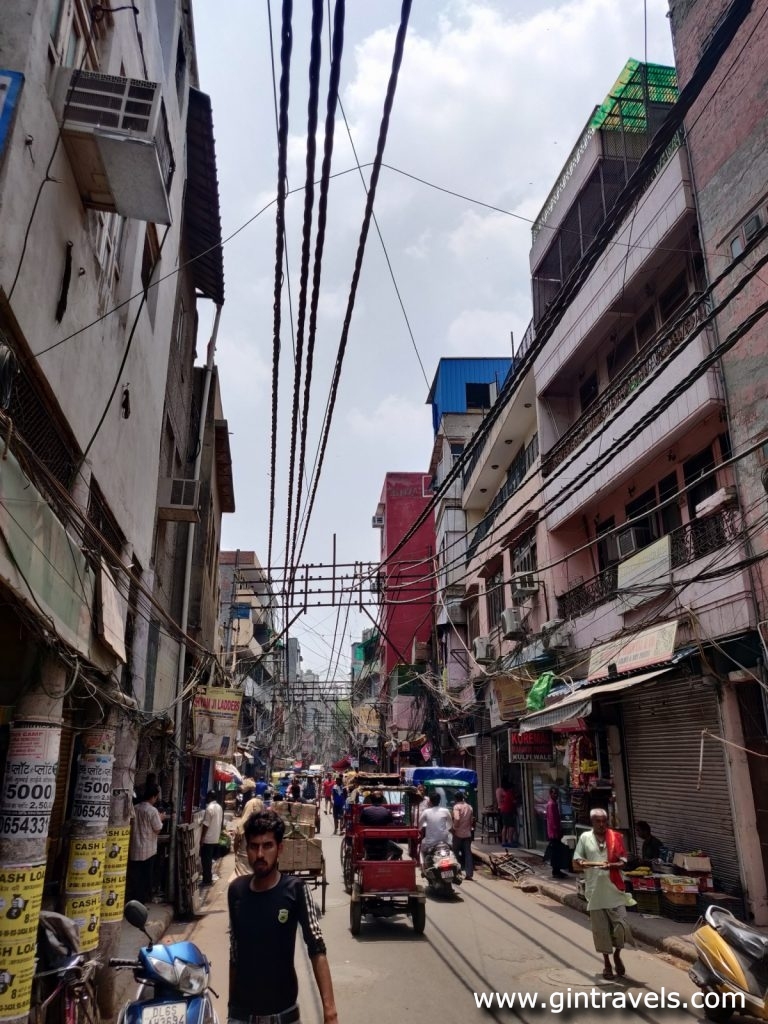
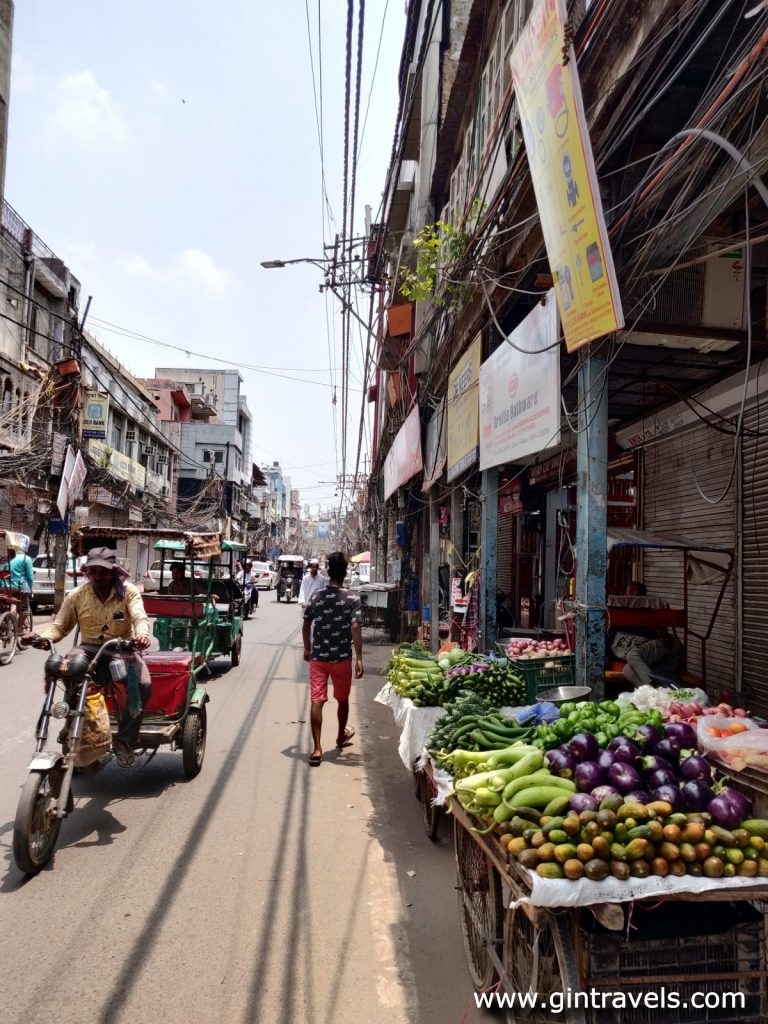
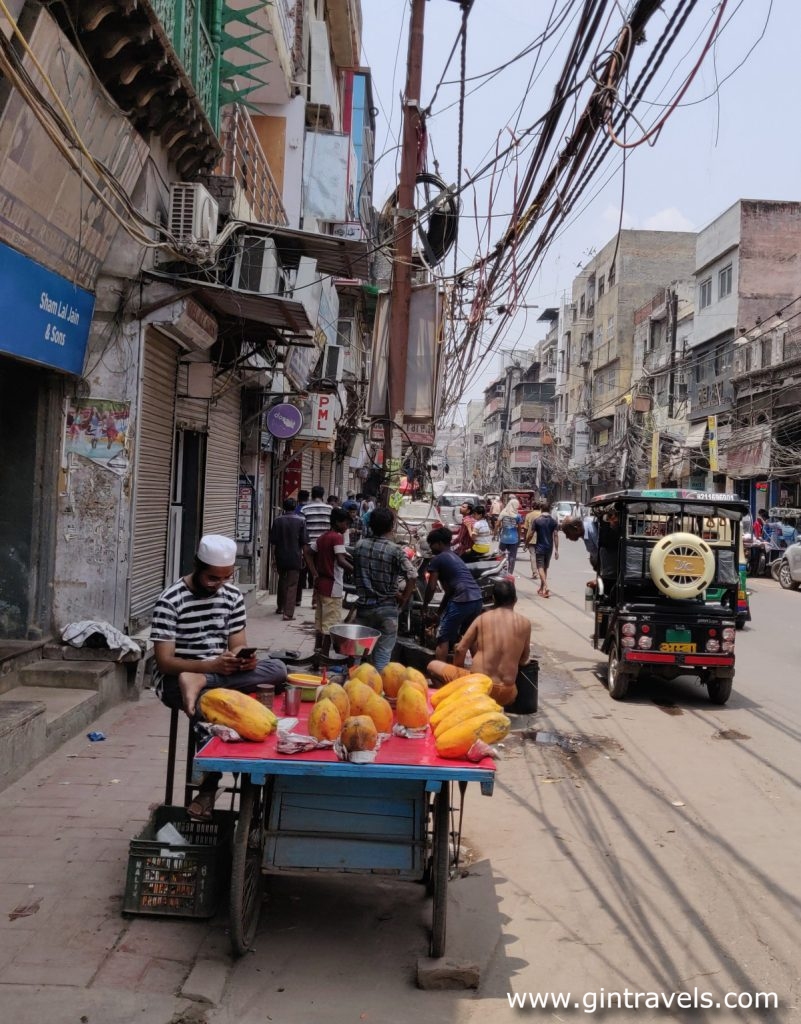
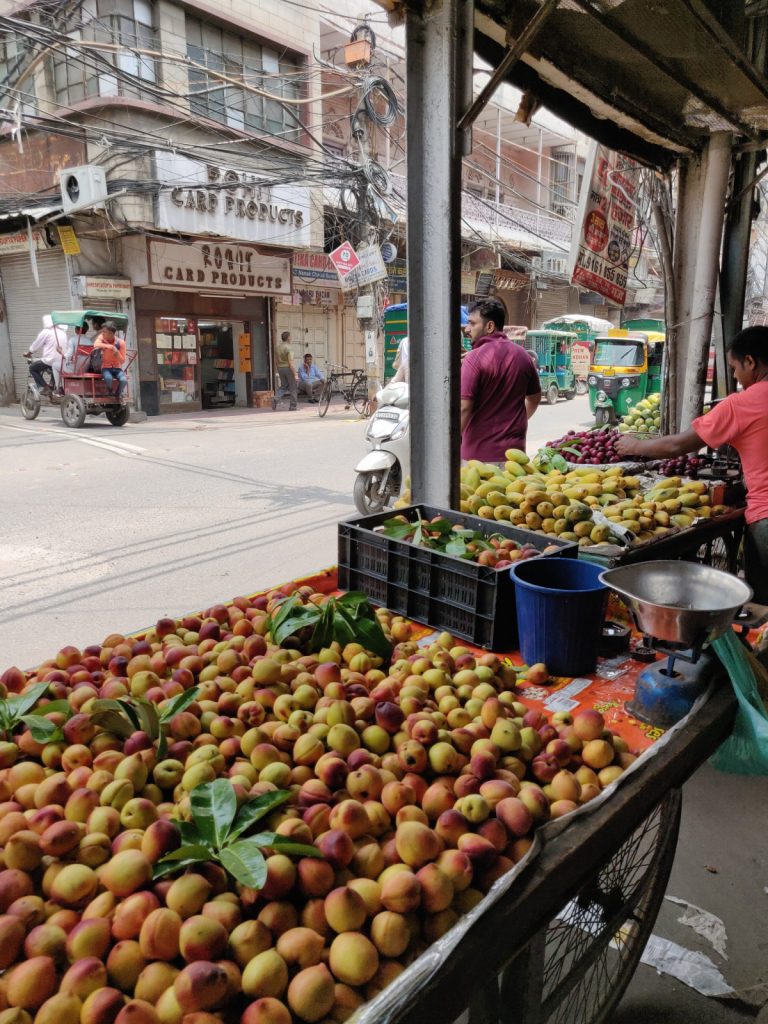
The Old Delhi Spice Market is one of the oldest and most famous markets in India. Located in the heart of the bustling city of New Delhi, it has been a source of spices and other ingredients for generations. The market dates back to the Mughal Empire, when it was known as Khari Baoli.
During the Mughal period, the market flourished with merchants from all over Central Asia and beyond, trading in spices, herbs, perfumes, and fragrances. The market was also a cultural hub, with musicians performing on the streets, and street vendors selling their wares.
The British Raj had a major impact on the market. British traders looked to India for spices to add flavor to their food and drinks, and this increased demand led to an expansion of the market. By the mid-19th century, it was one of the largest markets in India.
Today, the Old Delhi Spice Market is still bustling with activity. It is home to hundreds of spice vendors selling everything from turmeric to cardamom to saffron. The market has also become a popular tourist destination, drawing visitors from all over the world who come to experience its vibrant atmosphere and unique flavours.
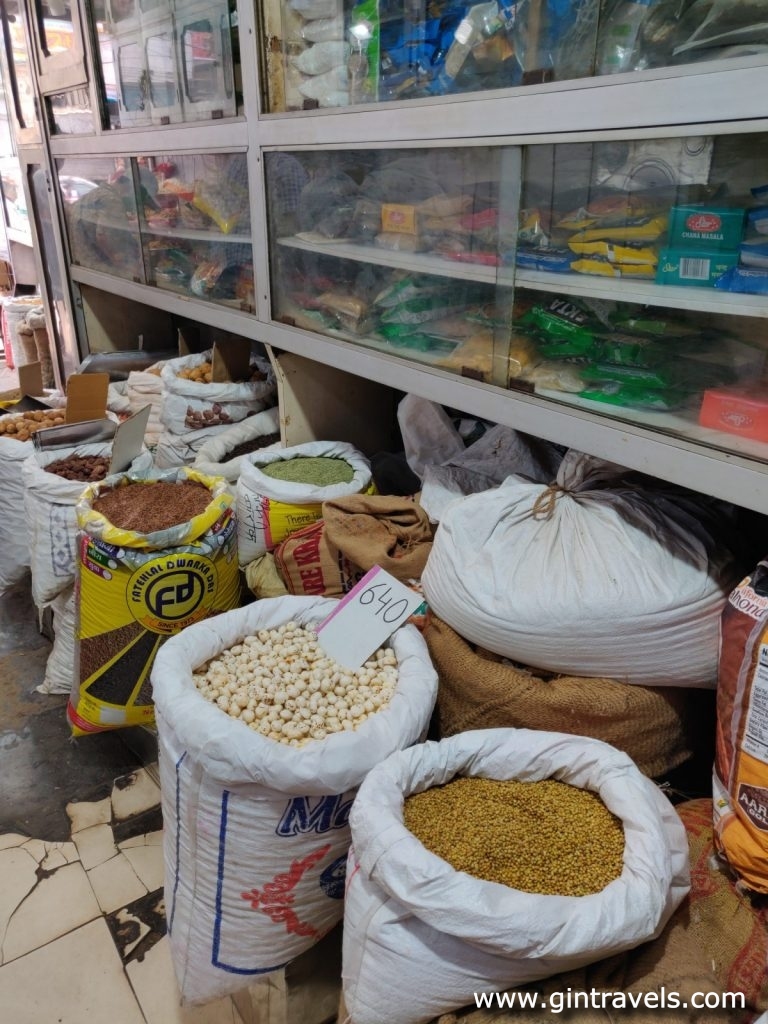

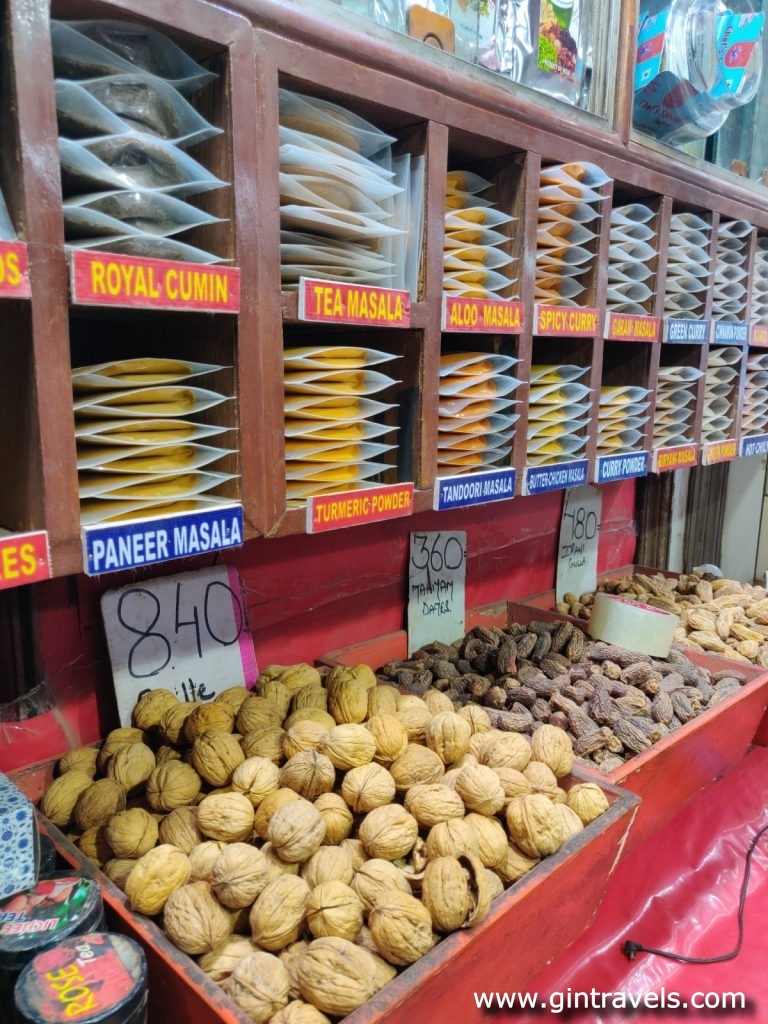
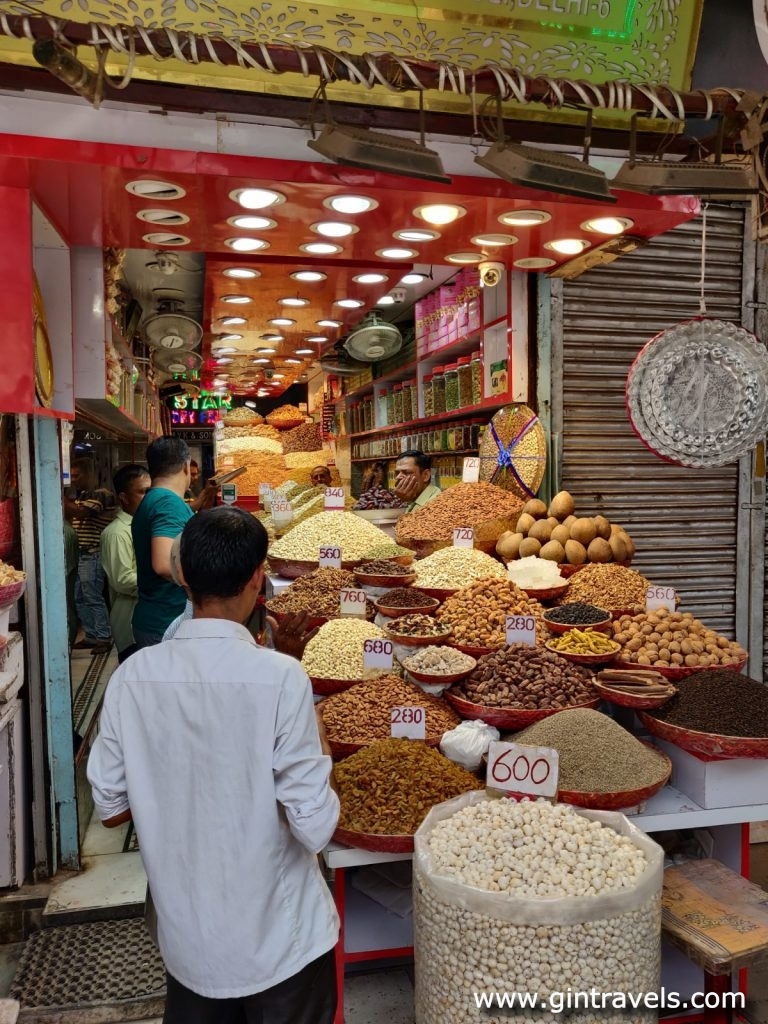
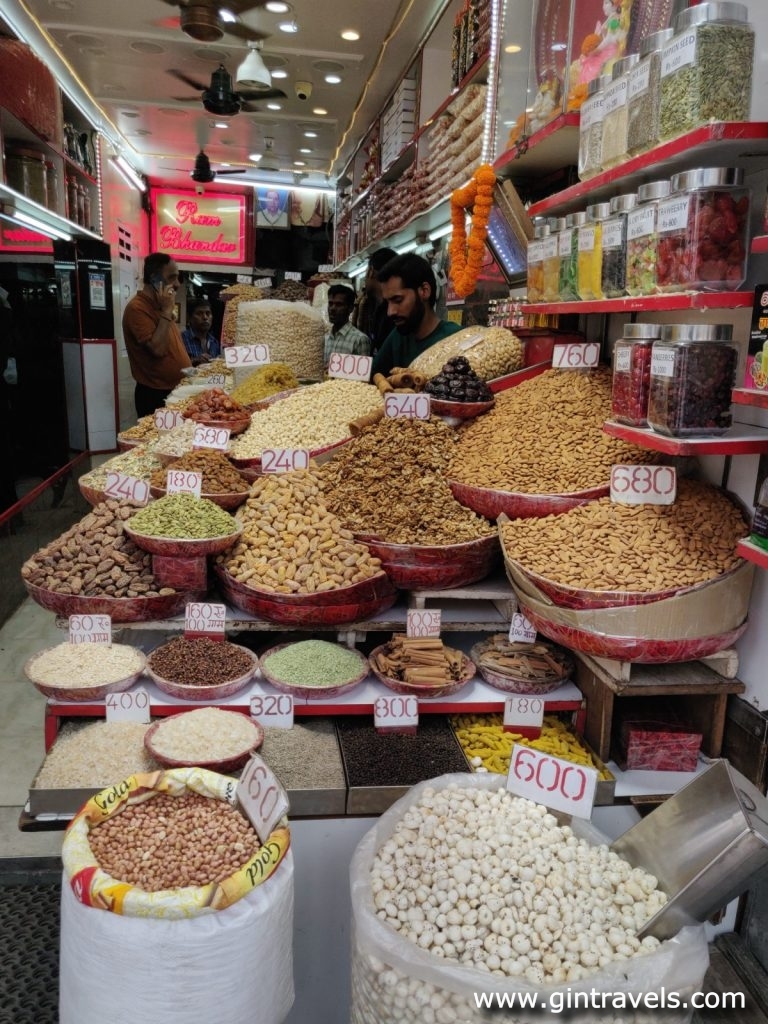




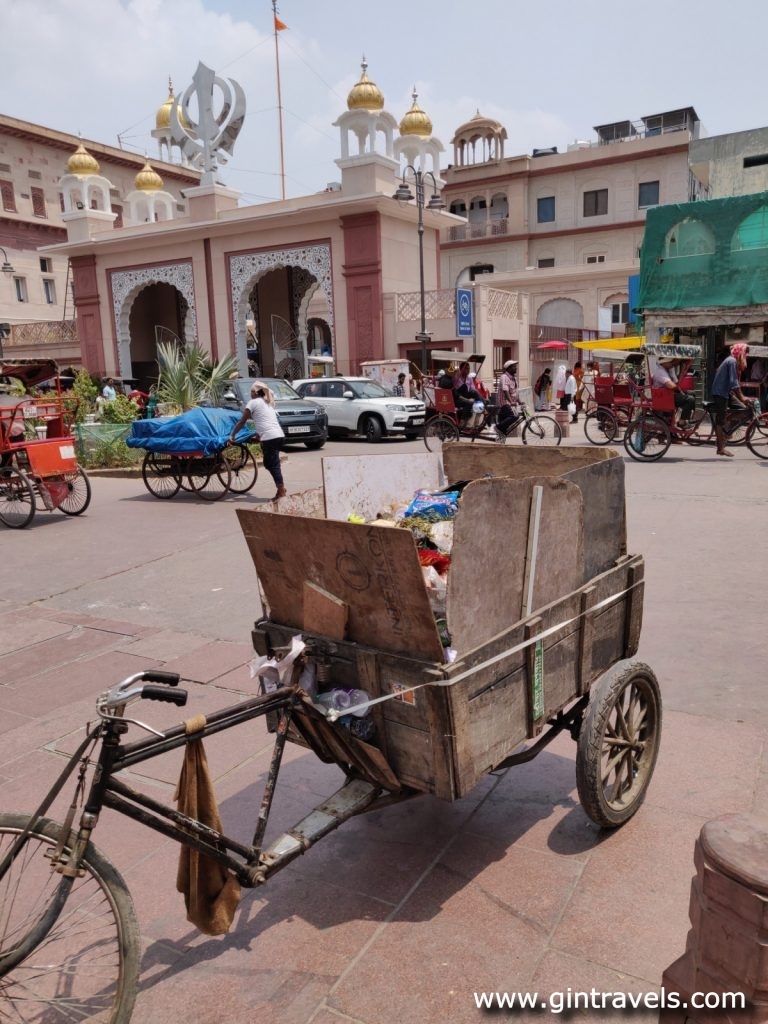
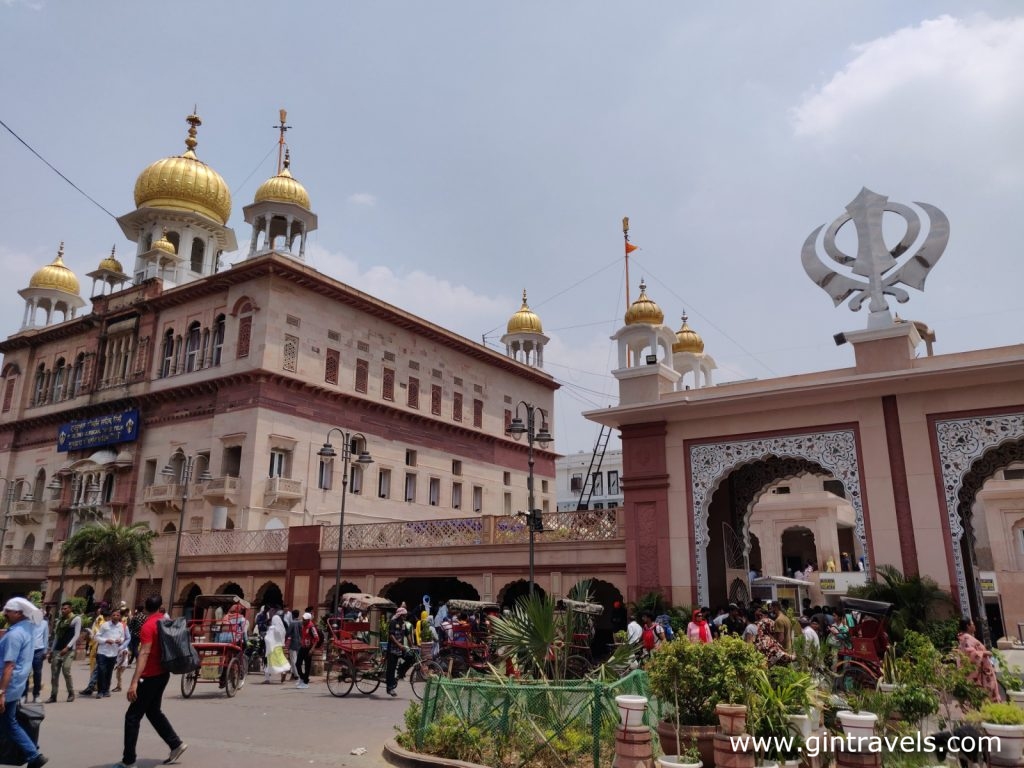
Gurudwara Sis Ganj Sahib is a prominent Sikh shrine located in Old Delhi. It marks the site where the ninth Sikh Guru, Guru Tegh Bahadur, was beheaded on the orders of Mughal Emperor Aurangzeb in 1675 for refusing to convert to Islam. The gurudwara stands as a symbol of martyrdom and is visited by Sikhs from all over the world. It is surrounded by shops selling religious items and food stalls serving langar (free meals) to devotees. The gurudwara complex has several other important shrines such as Akal Takht Sahib, Gurdwara Bangla Sahib, and Baba Atal Rai Tower.

Shri Gauri Shankar Mandir is a Hindu temple located in the old city of Delhi, India. The temple is dedicated to Lord Shiva and his consort Goddess Parvati. It was built in 1783 by the Maratha ruler, Maharaja Suraj Mal. It is one of the oldest temples in Delhi and has been declared an archaeological site by the Archaeological Survey of India. The temple complex contains several shrines and structures, such as a large main hall, various small temples, a pond, and a number of sculptures. The temple is open to devotees throughout the year and hosts several festivals throughout the year.

Shri Digambar Jain Lal Mandir is the oldest and most important Digambar Jain temple in Delhi. It is located in the historic Chandni Chowk area of Old Delhi. The temple was built in 1656 by a Jain merchant and is dedicated to Lord Mahavira, the 24th Jain Tirthankara. The temple complex includes a large prayer hall, a library, and a museum featuring ancient artifacts related to Jainism. Shri Digambar Jain Lal Mandir is one of the most important places of worship for Jains in India and is visited by thousands of devotees every day.
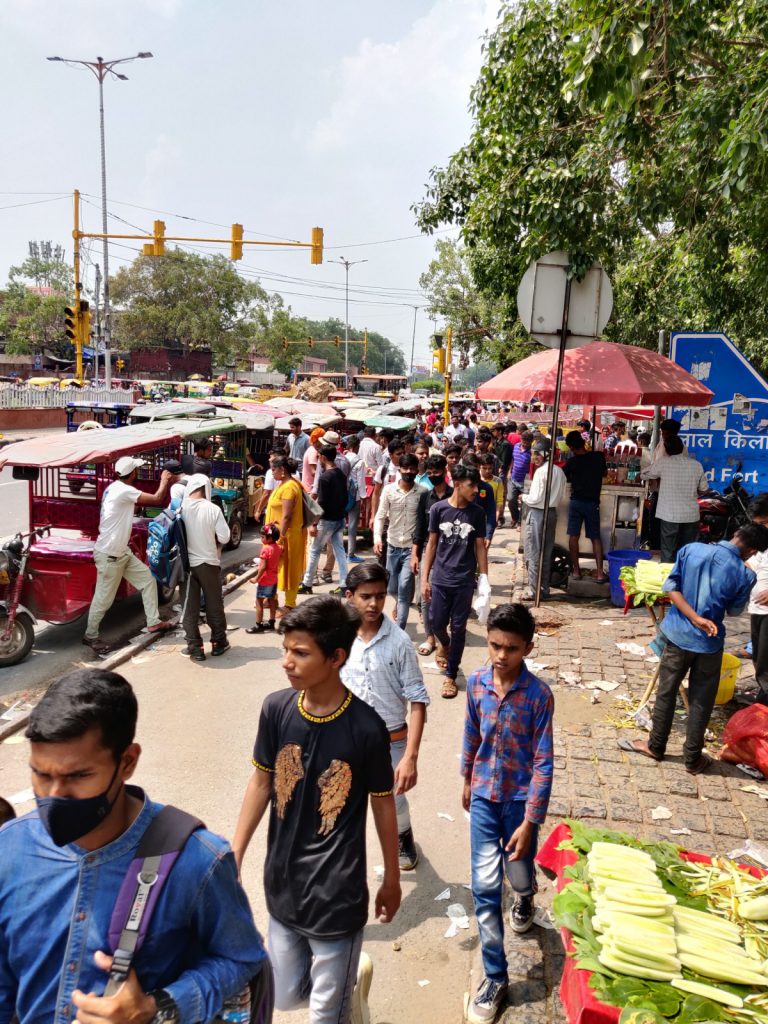
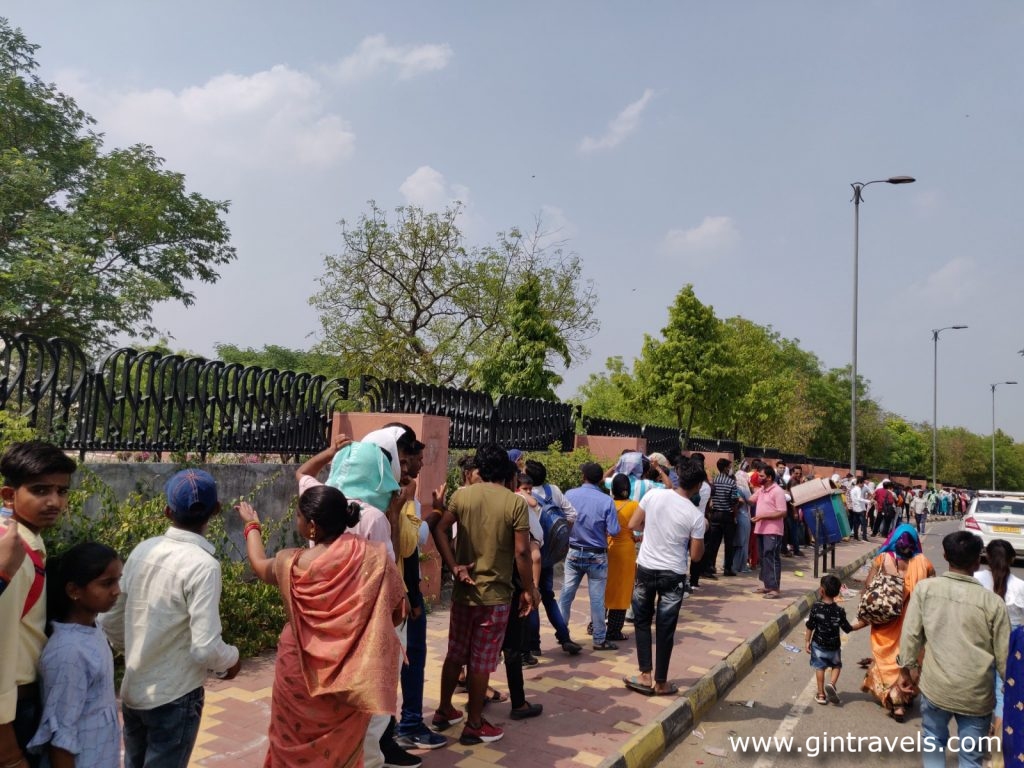
We decided not to go inside as we didn’t want to queue for hours. Though I am pretty sure that foreigners can skip the queue as they pay 10-20 times more. I had a picture from last visit!
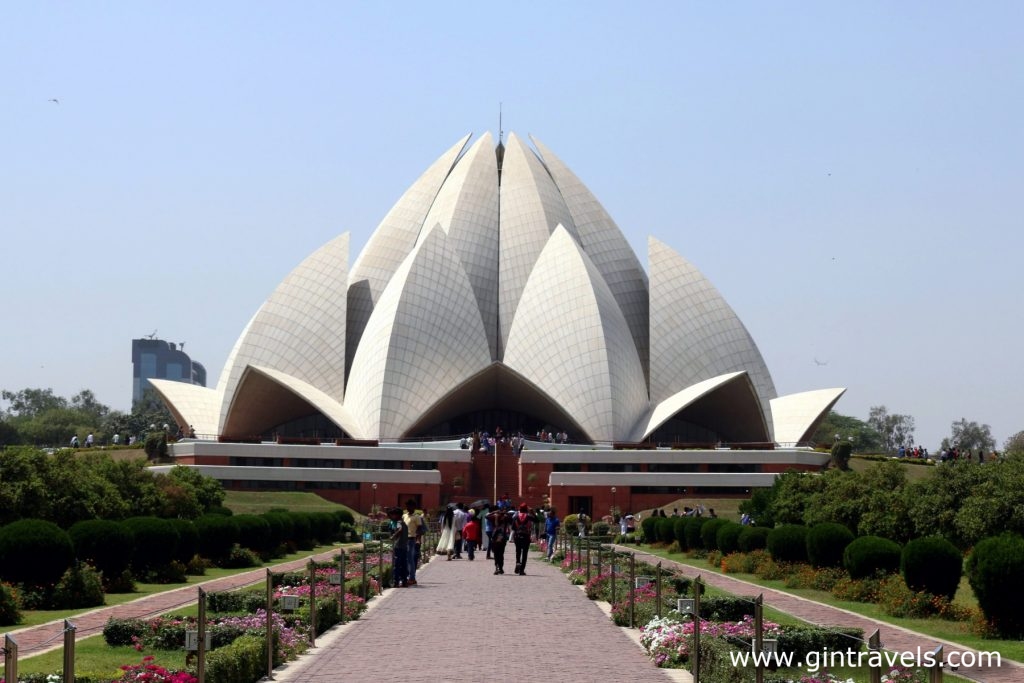
The Lotus Temple in New Delhi is a Baháʼí House of Worship that was completed in 1986. It is renowned for its lotus-shaped structure and serves as the Mother Temple of the Indian subcontinent. The temple is open to all, regardless of religion or any other qualification, and has become a prominent attraction in the city. The temple stands at the center of a large, lush garden featuring pools and fountains. It has become an iconic symbol of peace, spirituality, and harmony.
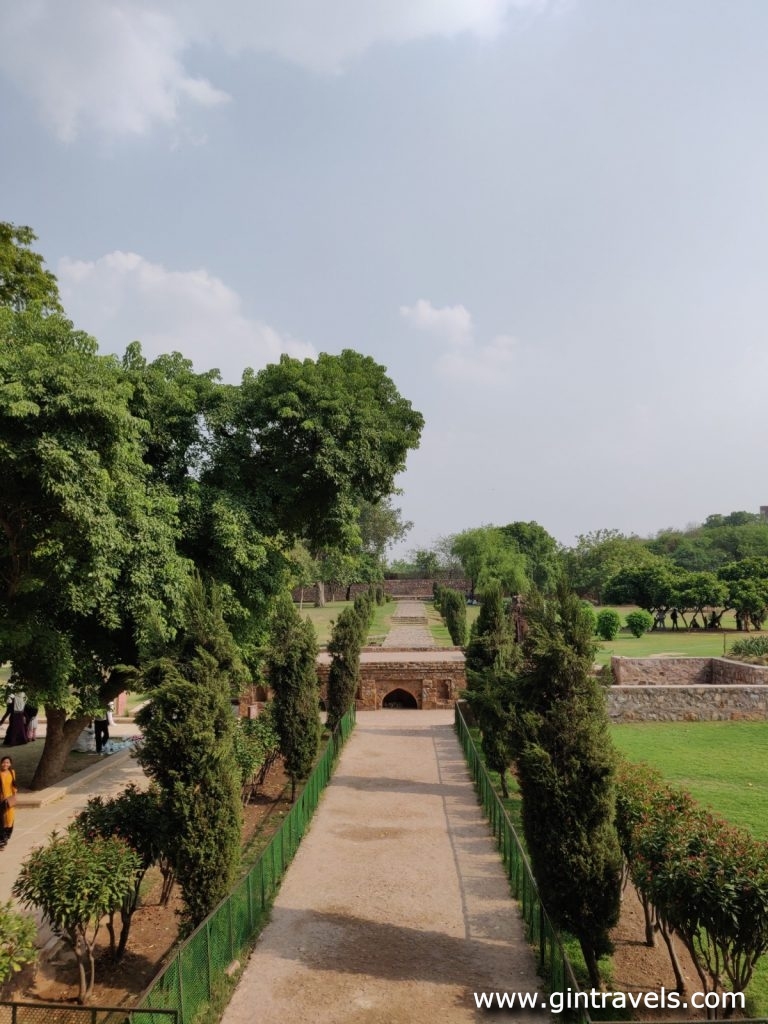
Qutab Minar is a 73-meter (239.5 feet) tall tower in New Delhi. Built in the early 13th century, it is one of the oldest and most famous monuments in India and is a UNESCO World Heritage Site. The tower is made of red sandstone and marble and is covered with intricate carvings and verses from the Qur’an. The tower has five distinct storeys, each marked by a projecting balcony, and is topped by a cupola. It is surrounded by several other ancient and medieval structures, including graves, iron pillar, mosques and ruins. It stands tall at 73 meters and is considered to be the tallest brick minaret in the world. The tower has been built on top of a ruined Hindu temple and is believed to have been built by Qutb-ud-din Aibak in 1192 AD.
The legends behind Qutab Minar are quite interesting. According to one legend, a Sufi saint named Qutbuddin Bakhtiar Kaki once visited this place and felt that it was a very spiritual place. He then asked for a tower to be constructed here so that people could gather to pray. Another legend states that the tower was built as a symbol of strength and victory after the Islamic conquest of Delhi in 1192 AD.
Another popular legend associated with the Qutub Minar is that it stands atop an iron pillar known as “Loha Ka Lakri”. This iron pillar is believed to have been erected by Chandragupta II Vikramaditya of the Gupta dynasty in 402 AD. The pillar is said to be made from a single block of iron that never rusts or corrodes, regardless of weather conditions. This mysterious fact has been a source of fascination for many Indians over the centuries and has led to numerous myths and legends about its origin.
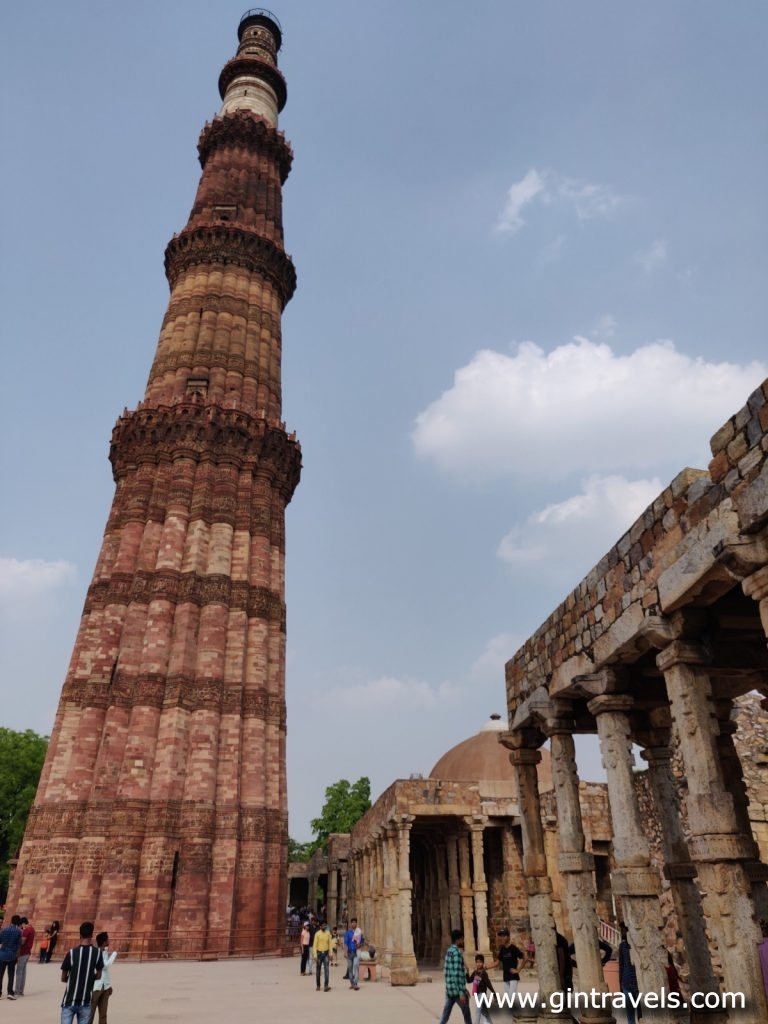
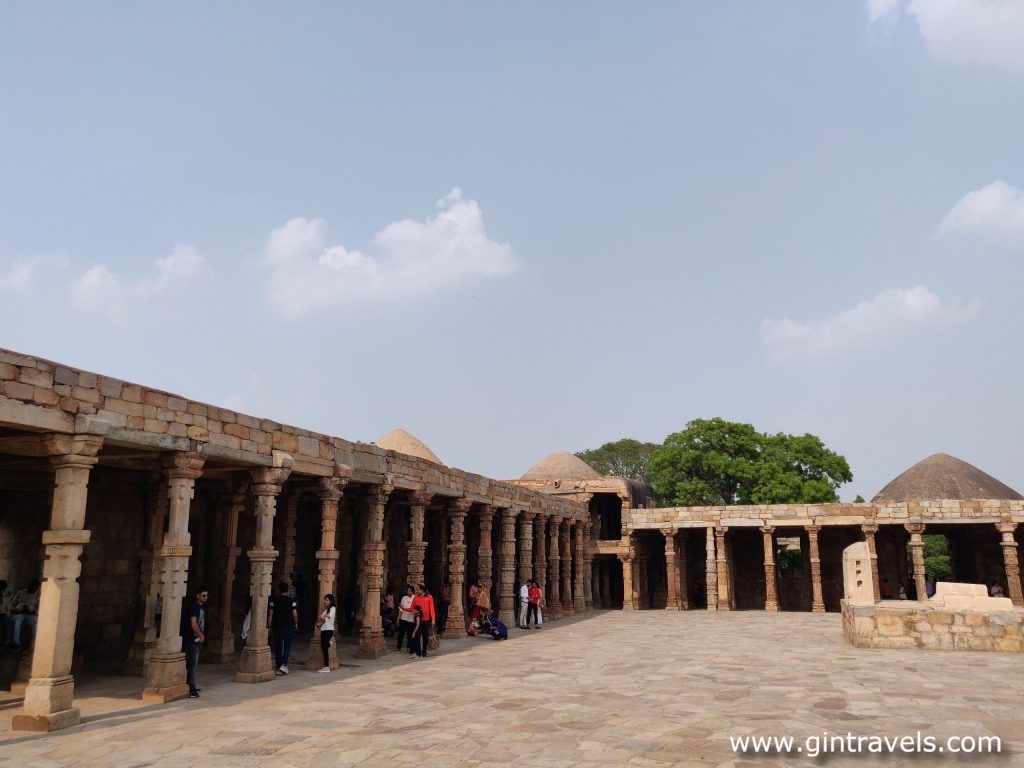
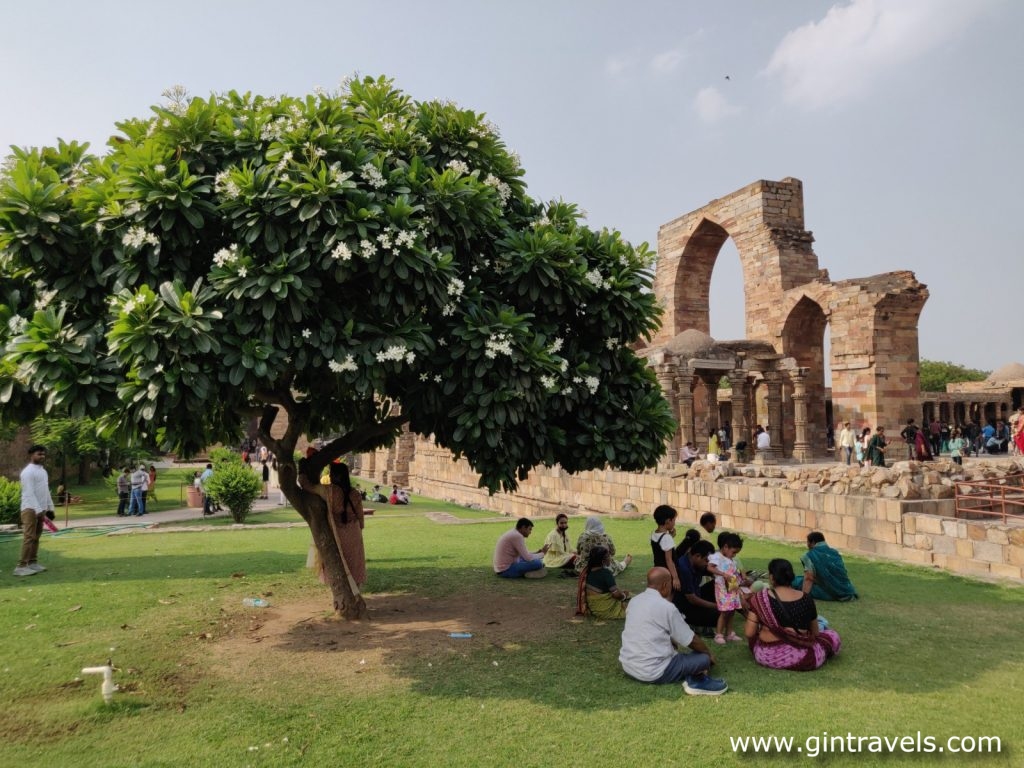

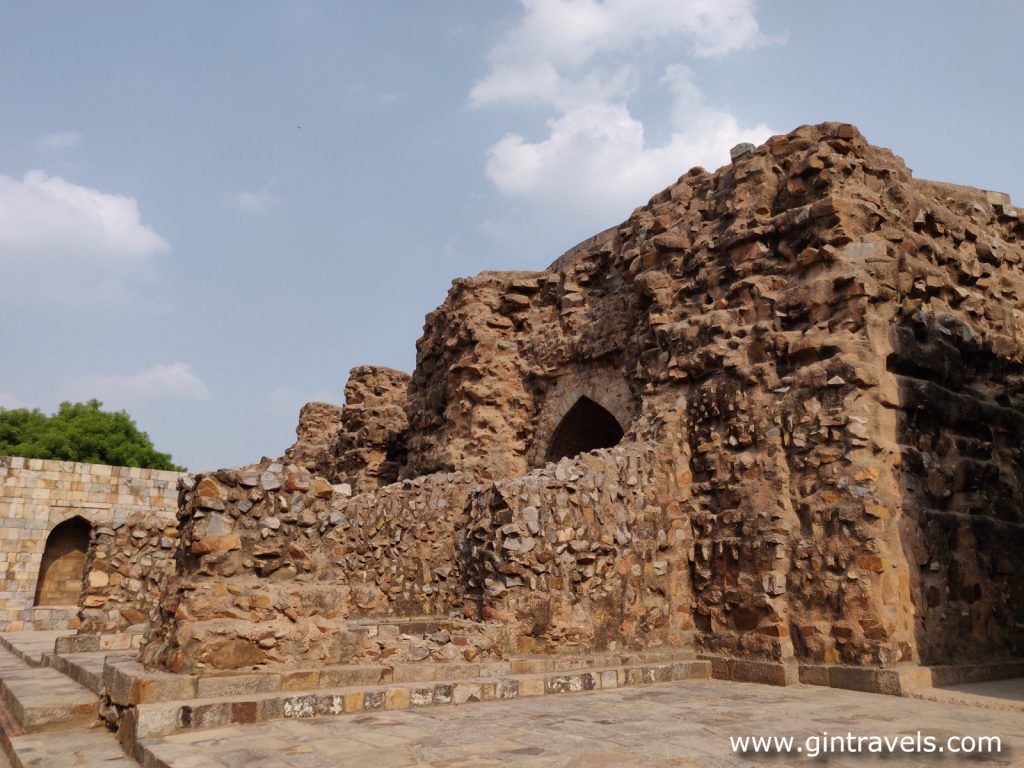
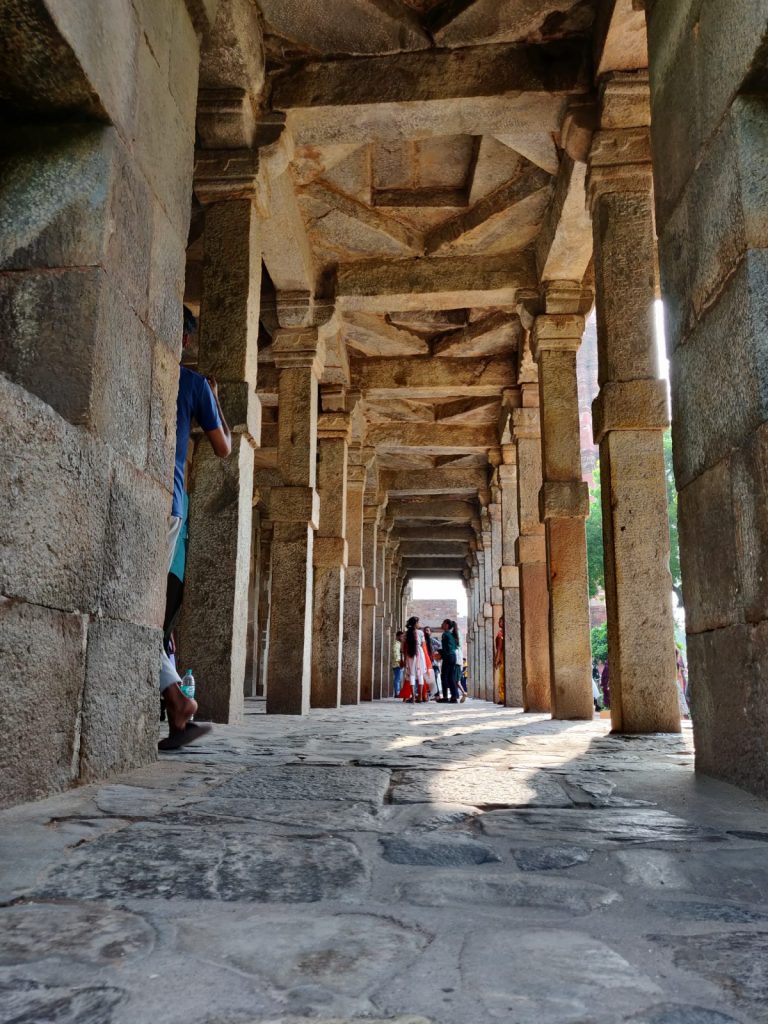
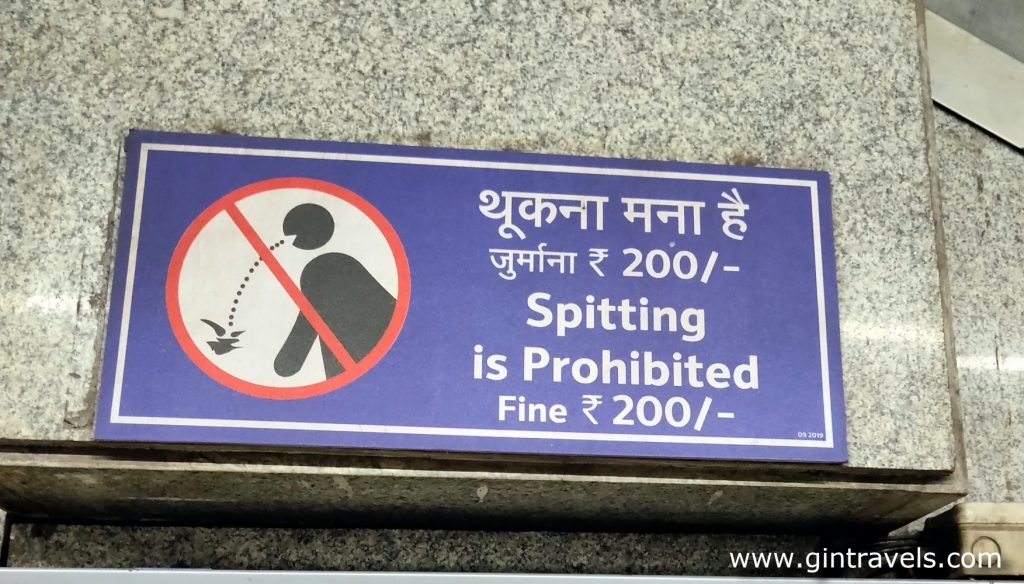

In all fairness given the amount of people and hygiene, almost no one is wearing face masks even though numbers of Covid-19 have been really high in India.
